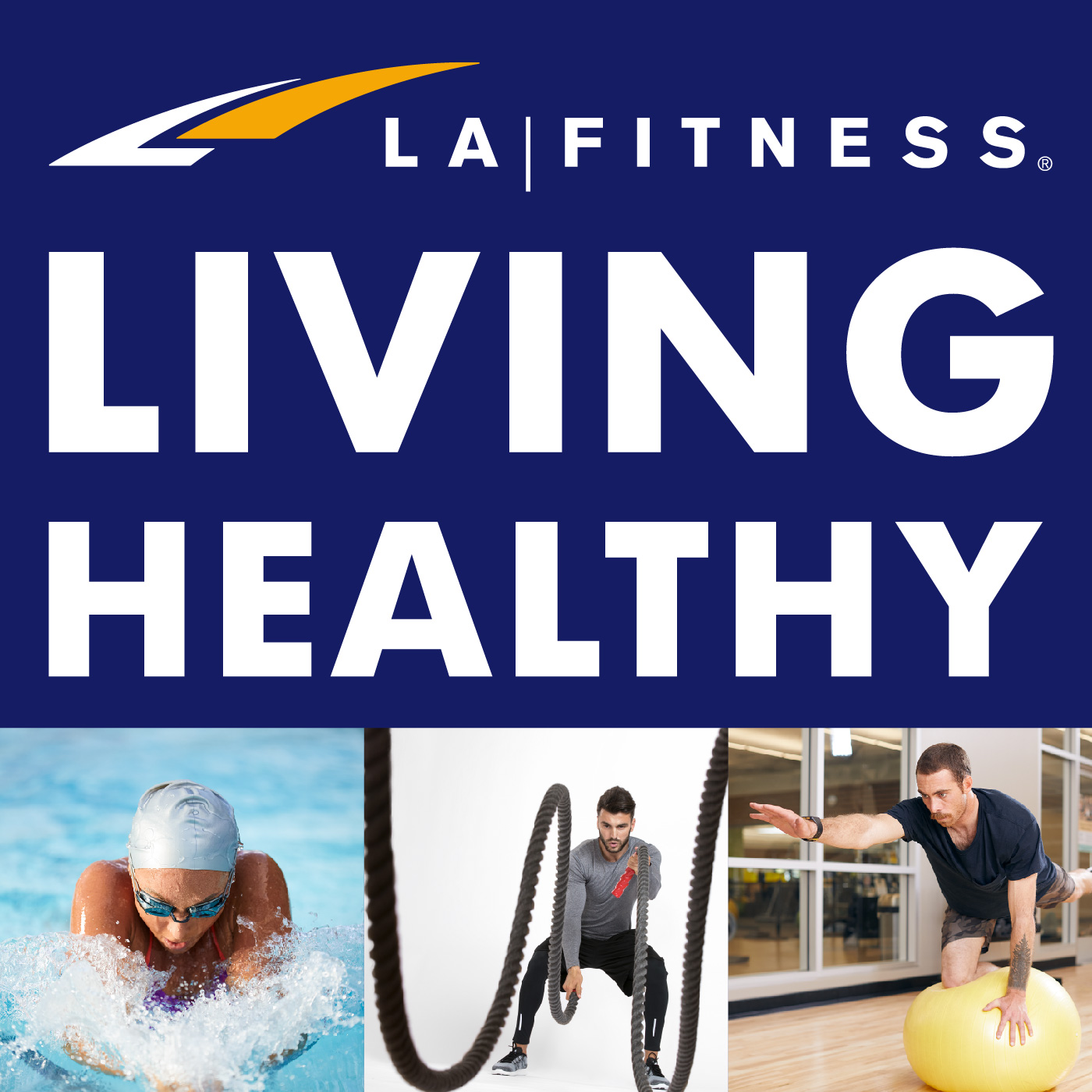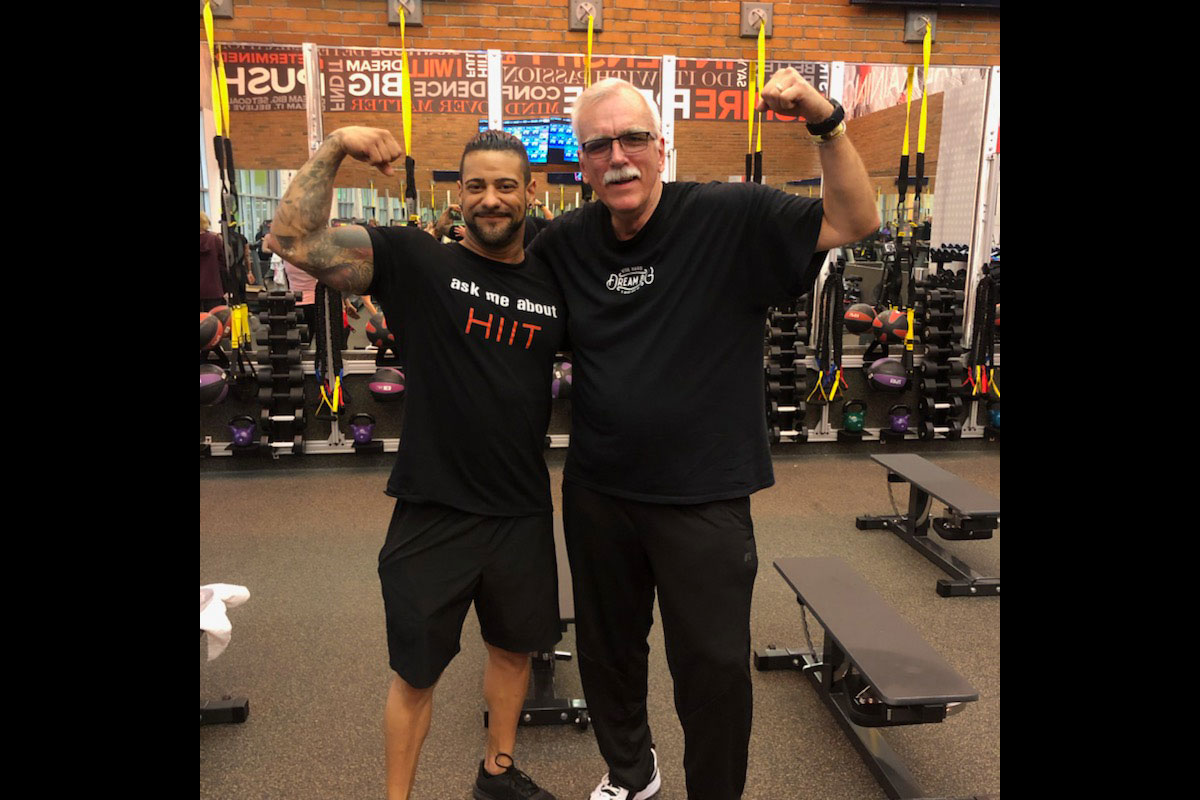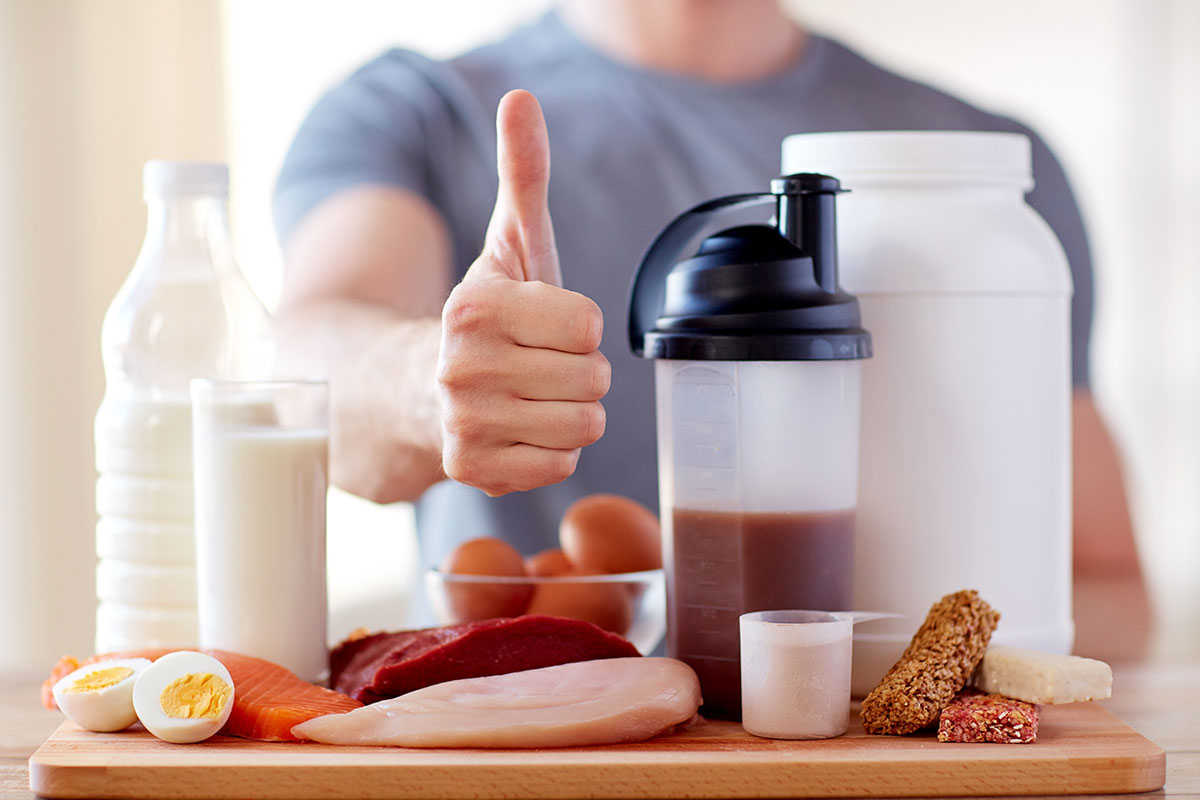My Journey with HIIT by LAF®
Last October I had the opportunity to take a free HIIT by LAF® class. I was amazed at how I was able to get through it. So, I decided to join. It’s been 6 months since my HIIT journey began and I just moved up to my third HIIT level which is silver. The other amazing thing is that I continue to always finish with the most MEP’s (My Effort Points) and the most calories burned at the end of each HIIT Class. HIIT continues to be a great way to relieve stress for me as well!
In the floor portion of HIIT, if I have difficulty with an exercise there’s always an alternative exercise available. In the cardio portion, I switch off between bike and rower since I can’t have high-impact on my knees.
I recently signed up to participate in a 90-minute HIIT challenge. On the day of the challenge, I was nervous and asked myself why I did this because I am usually gassed after a 50-minute HIIT class. After numerous texts back and forth with my personal trainer Lauren, who is always focusing on the positives, I settled down. Then it was HIIT time.
Once the HIIT challenge began, the only thing that I was focused on was HIIT. I not only successfully finished the 90-minute challenge, but I won it. It would have been a huge accomplishment for me to just finish the 90-minute marathon, but winning the challenge meant anything is possible. It was like winning an Olympic Gold medal.
Special Acknowledgements
A special thank you to Michaelangelo for generating lots of energy to get all of us to finish strong. Michaelangelo, you kicked all our booties as well! You’re awesome! From not being able to get off the floor to finishing/winning the 90-minute HIIT challenge and always finishing on top of the pack after each HIIT class. Wow! This continues to be surreal to me!
I’m being told that my success in HIIT is also motivating and inspiring other HIIT members. I’m really honored to have such an Impact!
My next HIIT challenge will be to “HIIT” the gold level in 6 months. Beyond that, platinum, which will take 1 year. My ultimate goal is to be the first 70-year-old to make it to the HIIT Hall of Fame (HOF) level by 2021.
I’m blessed to have Lauren H. as my personal trainer. I couldn’t have done it without her expertise. Lauren is truly the master of her craft. Lauren motivates, inspires, and brings out the best in her clients. Lauren may be small in stature but can kick your booty! I forgot to mention that Lauren is the “Master of Pain” as well! I continue to work with Lauren to keep my legs/knees strong and work on getting the rest of my body in shape.
Ed’s Advice for Others Out There
Finally, find out what works best for you! Challenge yourself and work hard and never give up – You can reach your fitness goals too! I’m proof of that! I’m on the wildest fitness journey of my life! The combination of a personal trainer and HIIT has worked miracles for me. I look at this as an investment in my health. HIIT wouldn’t have been possible without Lauren’s expertise and my dedication to work hard.
From the start of my journey, Lauren already knew what end results were possible. I was the skeptical one!
Thank you, Lauren! Thanks to all the personal training and HIIT coaches at the LA Fitness Tinley Park location! I’m also friends with a few of them. I also made friends with many of the HIIT members too!
I wish you all the best on achieving whatever goals you set!
Remember, you’re never too old to “HIIT” it!




 Have a nutrition question? Our registered dietitian is ready to help!
Have a nutrition question? Our registered dietitian is ready to help!








